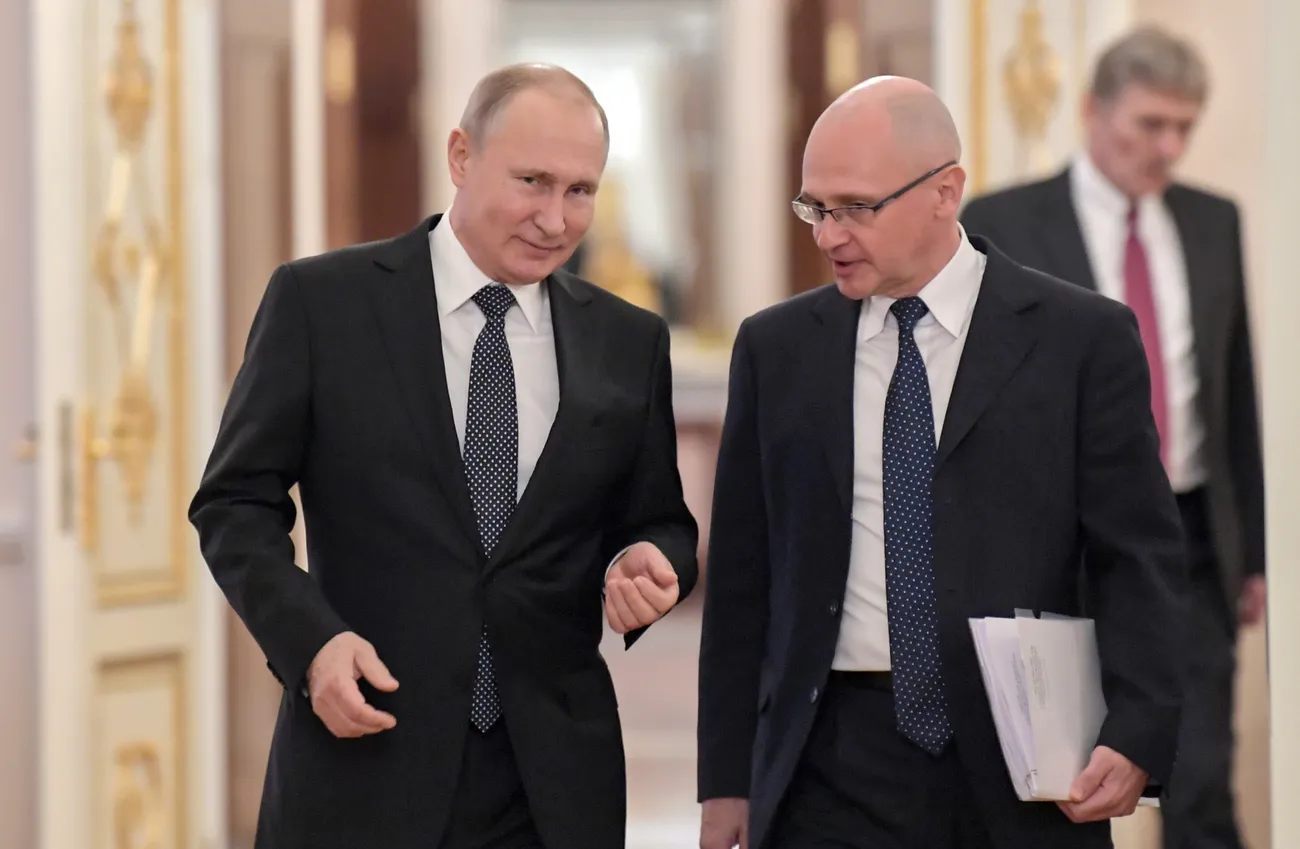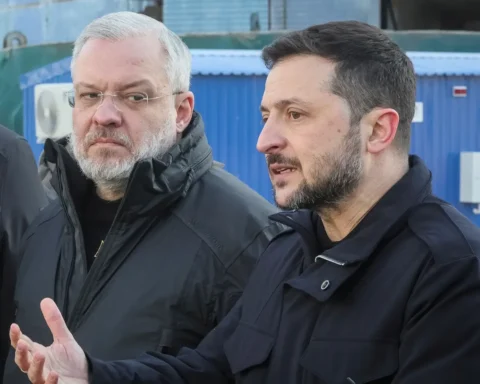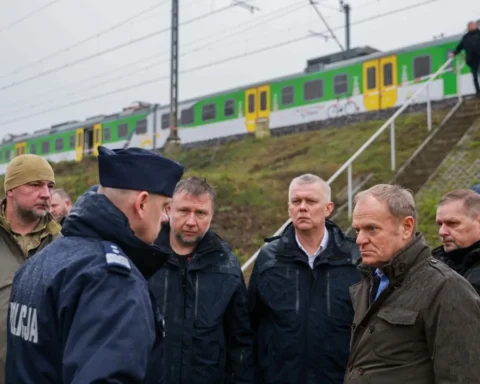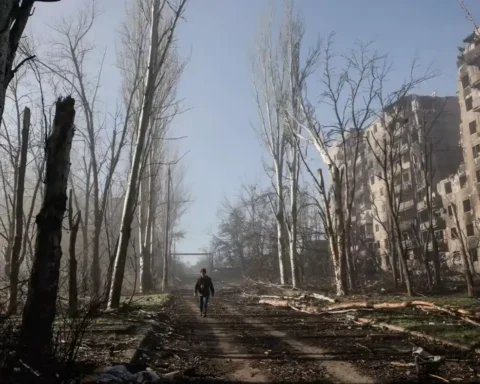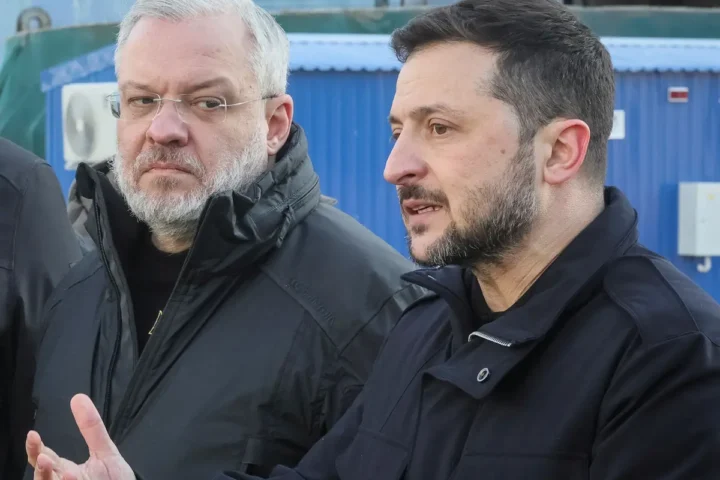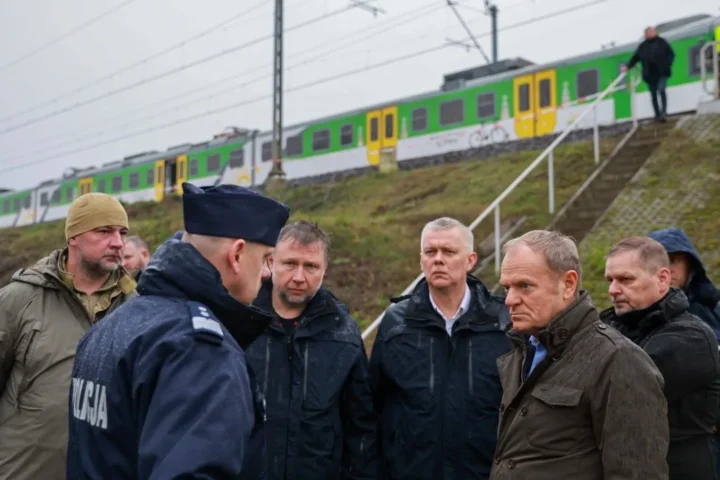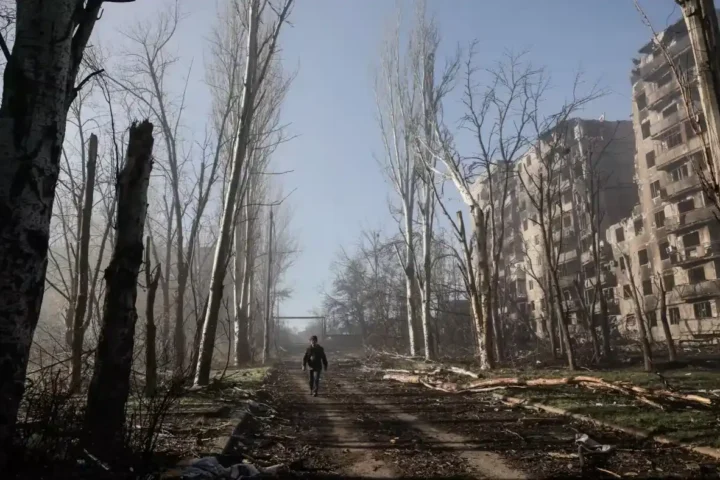Journalist Andrei Pertsev argues that a major shift has taken place inside the Presidential Administration: Sergei Kiriyenko has been handed the post-Soviet portfolio. To make that possible, Vladimir Putin abolished the directorates overseen by Dmitry Kozak—those responsible for relations with neighboring states and cross-border cooperation—and created a new Directorate for Strategic Partnership, which will now report to the head of the political bloc. In effect, Kiriyenko not only took over Kozak’s area of influence but eliminated competing power centers altogether.
According to Pertsev, Kiriyenko acted aggressively and atypically for the “power vertical”: he pointed out mistakes to Putin, pressed to place crisis regions under his control, and sought to show concrete results. The tactic paid off, even though the system has traditionally required strict observance of formal boundaries of authority. The situation resembles a redistribution of assets in the economy—only this time at the very top of the state.
Kozak, long seen as a close Putin ally and an effective crisis manager, now finds himself exposed. His pragmatic stance against military action in Ukraine and his reputation for flexible, creative arrangements (as in Moldova in 2019) no longer match the prevailing mood in the Kremlin. Putin appears to prefer Kiriyenko’s more hard-edged, linear approach, and even longstanding personal ties no longer guarantee protection from bureaucratic defeats.
The new structure could be headed either by a trusted Kiriyenko ally, Lyubov Glebova—which would give him full control—or by Igor Chaika, which would forge a new alliance within the elite. Either way, the political bloc chief’s position will be strengthened.
Pertsev’s bottom line: the success of Kiriyenko’s tactics paves the way for bureaucratic infighting in the Kremlin, undercutting the former principle of stable, well-delineated powers. It is unclear whether the “vertical” can withstand rising competition if the rules of the game are indeed changing.


